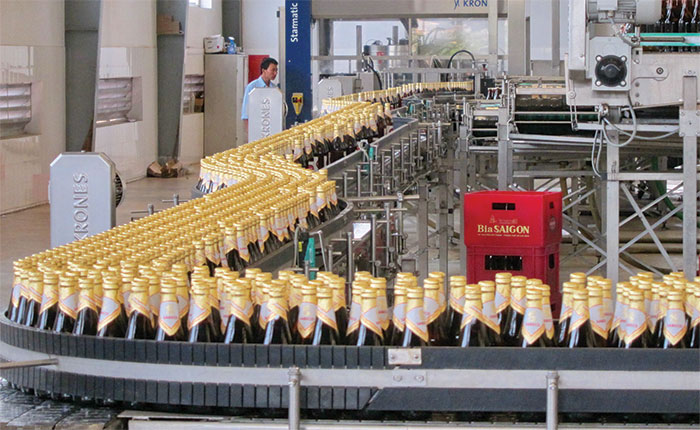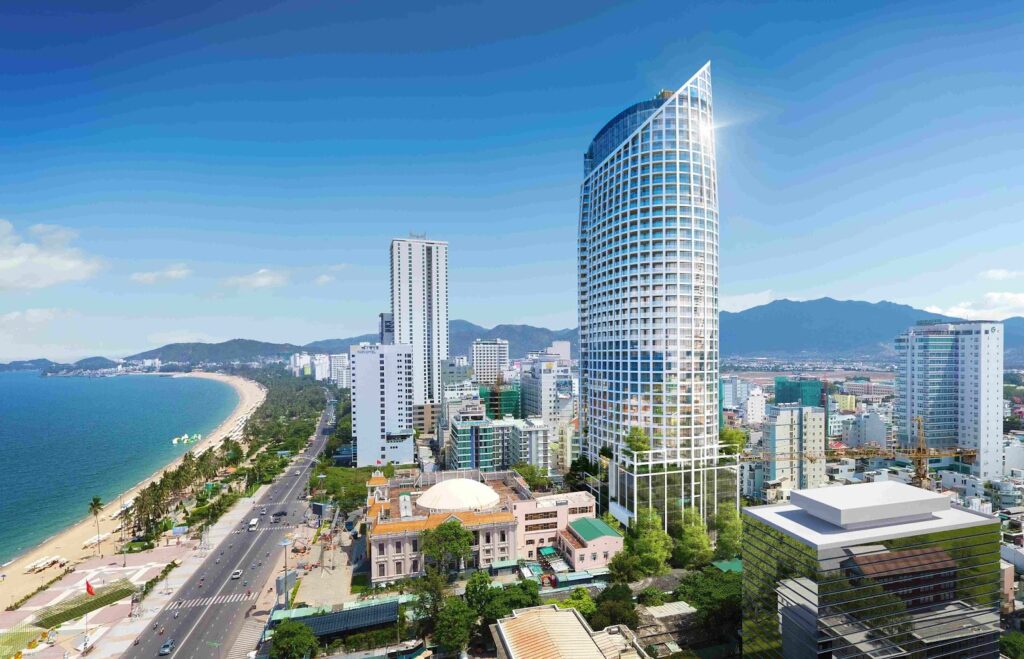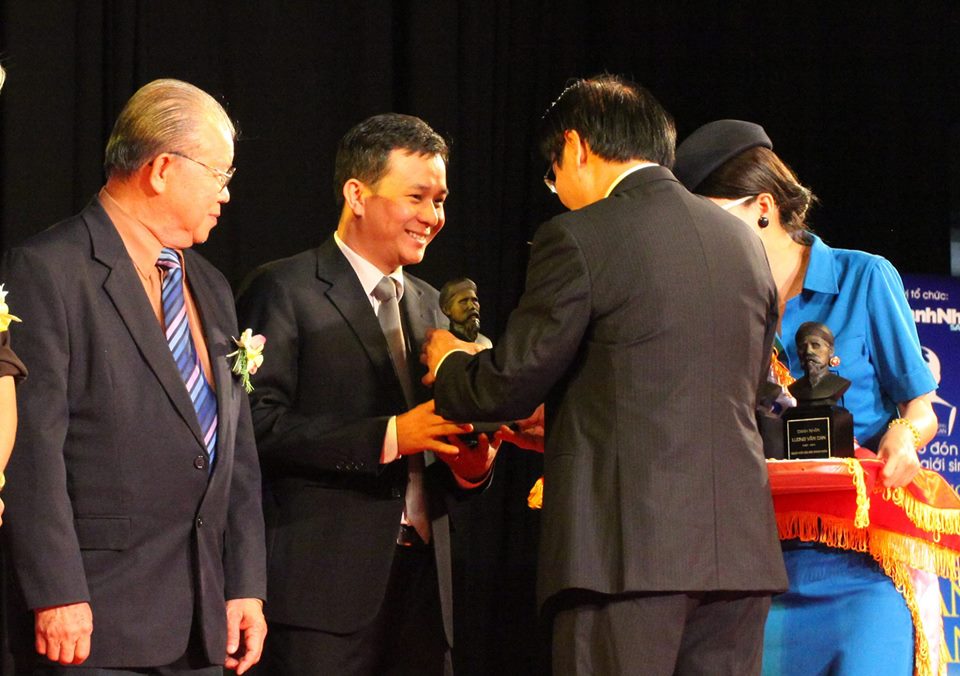BrainMark Strategic Director : “The best time for Organizational restructuring is when company is growing”
Restructuring the company is best when it is growing because after growing will usually be the downturn of growth, however, few people do this, people often ‘sleep on the victory’.
According to Nguyen Thanh Tan, Strategic Director of BrainMark: There is no specific formula for organizational structure, and there is also no optimal structure as welll, each structure has its own advantages and disadvantages
In the sharing with company leaders in a seminar on business restructuring over the weekend in HCMC. Mr. Tan said that he is advising two family corporations, both of which have different organizational structures and cultures, and both have been successful.

The first company is rarely to recruit managers from external resources, but giving away the opportunity for internal employees in the company, which makes the company employees highly engaged and loyal to the company. This also means imposed great burden and difficult changes on the company
From the beginning, new employees have been molded the rules “the longer working, the higher getting promoted”. Therefore, in the course of their work, they are reluctantly suggest ideas, or innovative proposals because they don’t want to stay at the risk which isn’t necessary for their advancement.
The second company is more dramatic, Company implements the policy of keeping deputy management position and transfering management position, each leadership position always accompanied by two deputies who directly report to the highest management levels, Managers are recruited from external resources, often after two years, managers will be changed at the time there is no use for them anymore. With continuous updates from new people, the company develops very well
However, any business owner needs to shape the structure of his company in mind, whether it is a company of 1 person or 1,000 people. For one-person company, we do not need to show in writing or standards, but on a scale of several hundred or more that will need to do. Finding the right structure for the business is the activity throughout the entrepreneur’s life.
He also added “When deciding to restructure a company, we also need to look at the business reality in order to decide whether to keep or not to keep its personnels
Last week, I had a chance of working with a big corporation which is on restructuring I asked the chairman: Why did the company dismiss the deputy director right before 2 weeks when company implements the restructuring? The Chairman replied that a year ago, I had arranged a schedule for him to leave at that time.
The reason for this decision is, according to the company Chairman: The Deputy Director is an expert in personnel management, working for company for several decades, difficult to change or accept the new. After restructuring, the company will integrate with a new management system that is completely inconsistent with the Deputy Director’s leadership style and operating philosophy, so he must leave. Otherwise, when newly acquired employees come, working with him, they will be cultural shocked. “
Restructuring the company is best when it is growing because after growing it will usually be the downturn of growth, however, few people do this, people often ‘sleep on the victory’.
When you want to restructure, first, the management needs to sit down to determine the way in front you will untake. What does the BoDs really want? Prioritizing growth, expanding market shares, attracting more customers or profit?
Second, human resources assessment for orgnaizational restructuring. In particular, a variety of factors such as KPI, job description, rules, management system should be changed
Management system consists of 3 components: policy – regulation – process. To say, that is, “customer first” this business philosophy without any suitable customer policy and implementation process is not right.
Once a good management system is in place, newcomers are rapidly to catch up, adjust, we no longer depend on the experience of the long time working employees. Coordination between departments – the inherent weaknesses of small and medium Vietnamese enterprises, will also be better.
“Employees must perform works in the way the company want, and the company must put the rules – goals, obligations – interests down to each specific position, then evaluation will be based on these rules and regulation. The company has to show new newcomers in which way their works must be done “Tan suggested.
Second, retaining personnels through good culture and the management is the creator of that culture. Organizational culture is the red thread to help employee spirit and business philosophy last forever. Therefore, organizational culture should be implemented right after its restructuring.
On one occasion of consulting for a large corporation in Vietnam, Mr. Tan said, I find this business a very good activity: each year, the Group Chairman will meet the staff who have resigned to see after retiring How they live and work. There are so many people attending such meetings, because in their hearts they are proud of being the people of this company.
On hiring consultants, according to Mr. Tan, although as a consultant, but he advised businesses not to rapidly choose for them a consultant but screen carefully: “No one knows one company by oneself, so Do not listen to the advice completely. The outsiders just help to figure out barriers, providing possible solutions, ideas or discussio
Therefore, the leader of the business should be clever in finding the appropriate structure for each business strategy, the position of personnel so that each employee in the company can work and “fight” together, improving competitive position in the market.










